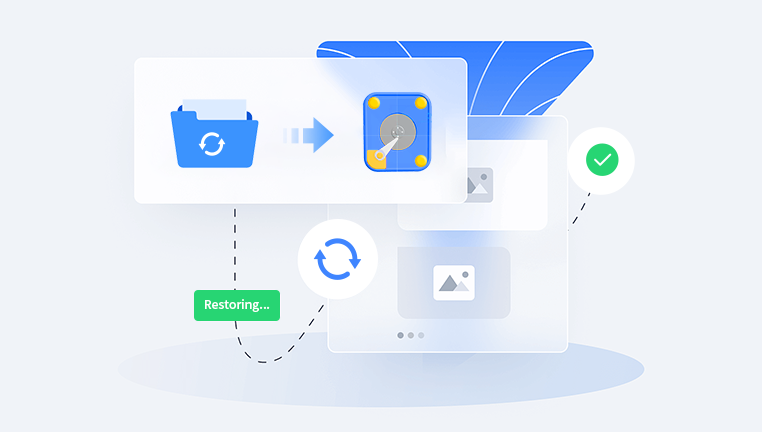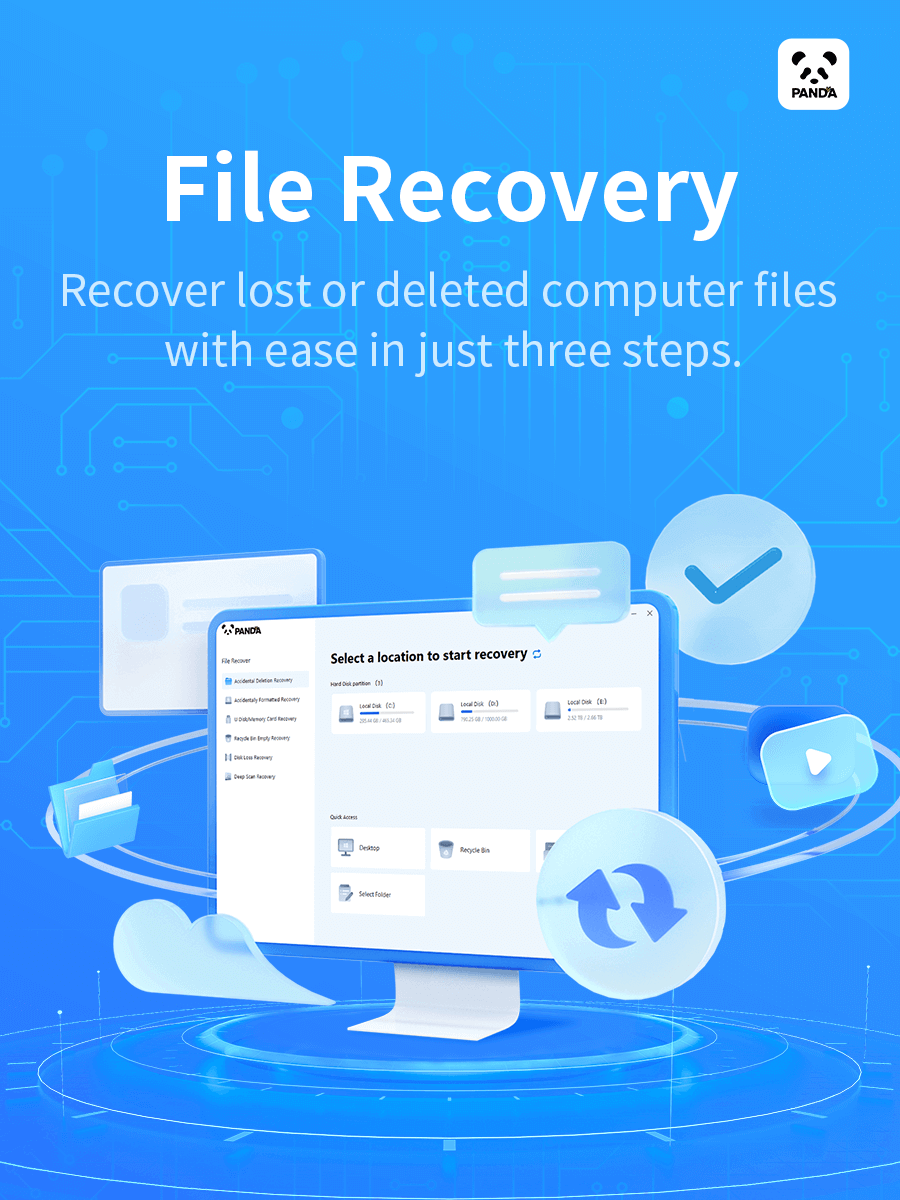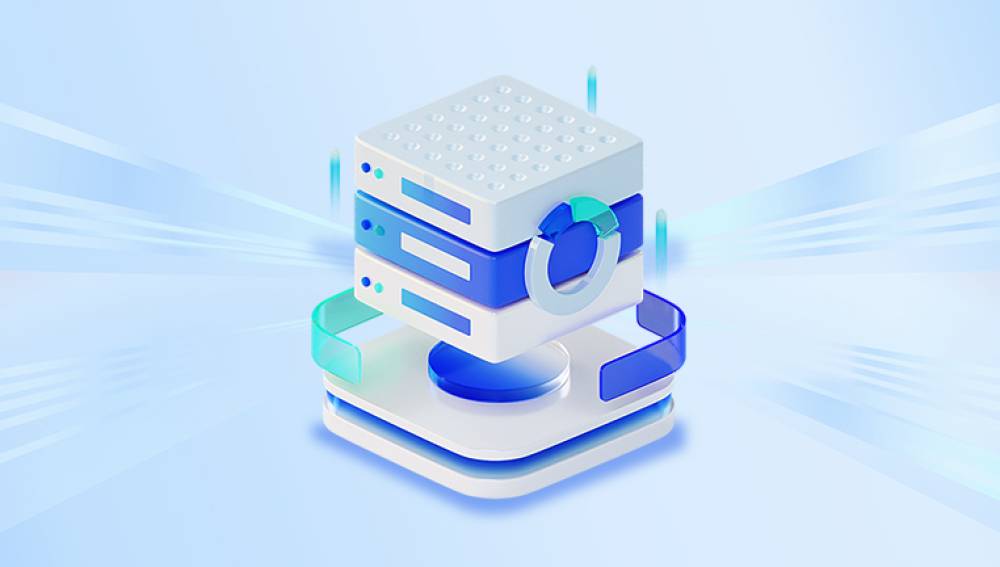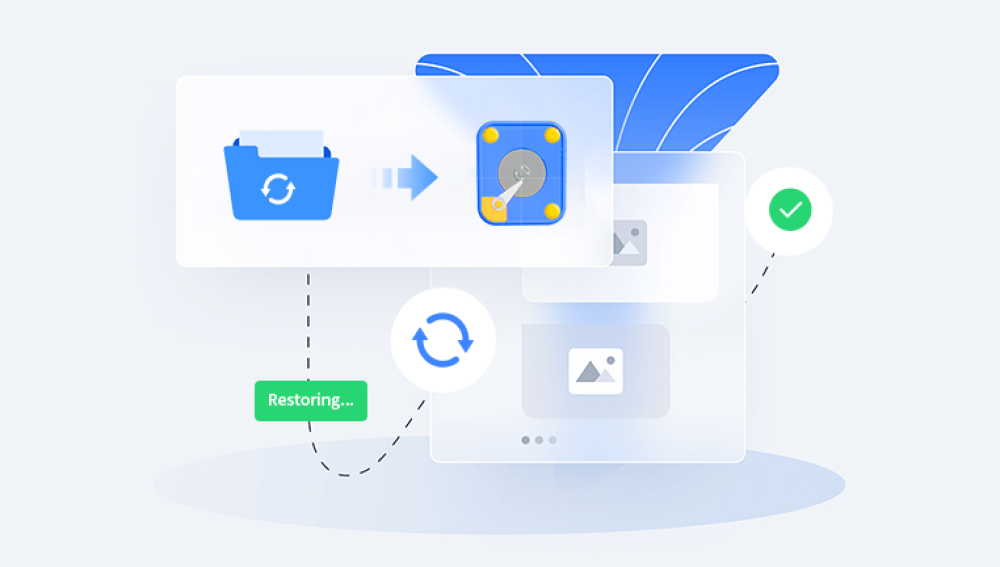Formatting an external hard drive usually involves erasing all the data on it. However, if you want to "format" in a sense that is more about optimizing or changing the file system without losing data, here are some methods for different operating systems. It should be noted that these methods may not work in all cases, and it's crucial to back up your data before attempting any of them. The following is a detailed introduction:
For Windows
Using Disk Management:
Open Disk Management: Press the Windows key + R, type "diskmgmt.msc", and press Enter. This will open the Disk Management utility.
Locate the External Hard Drive: In the Disk Management window, find your external hard drive. It will be listed with its capacity and other information.
Check File System and Volume Information: Right-click on the partition of the external hard drive and select "Properties". In the Properties window, go to the "General" tab to see the current file system and other details. If you want to convert the file system, for example, from FAT32 to NTFS, and you have a large number of small files, you can consider using the conversion tool without formatting.

Convert File System (Optional): If you need to convert the file system, you can use the command prompt. Open the command prompt as an administrator. Type "convert X: /fs:ntfs" where "X" is the drive letter of your external hard drive. This command will convert the file system to NTFS without losing data. However, this method has some limitations. For example, if the drive has bad sectors or certain file system errors, the conversion may not work properly.
Using Third-Party Tools:
EaseUS Partition Master: This is a popular third-party tool that allows you to manage partitions and file systems on your external hard drive. You can download and install EaseUS Partition Master. Launch the software and select your external hard drive. It provides options to resize partitions, convert file systems, and perform other operations without data loss. For example, if you want to change the cluster size of the file system for better performance, you can do so through this tool.
MiniTool Partition Wizard: Similar to EaseUS Partition Master, MiniTool Partition Wizard offers a user-friendly interface to manage disk partitions. You can use it to optimize the file system, check for disk errors, and perform other tasks. It also has a feature to convert the file system without formatting. For instance, if you want to convert a partition from NTFS to exFAT for better compatibility with different operating systems, you can use this tool.
For macOS
Using Disk Utility:
Open Disk Utility: You can find Disk Utility in the Applications > Utilities folder. Alternatively, you can use Spotlight Search by pressing Command + Space and typing "Disk Utility" to open it.
Select the External Hard Drive: In Disk Utility, your external hard drive will be listed on the left side. Select the drive.
Check and Repair File System: Before making any changes, it's a good idea to check the file system for errors. Click on the "First Aid" button. This will scan the drive for any file system issues and attempt to repair them. If there are minor errors, this process can often fix them without losing data.
Change File System or Partition Options (Optional): If you want to change the file system, for example, from Mac OS Extended (Journaled) to APFS, you can do so by clicking on the "Erase" button. However, this will erase all the data on the drive. But if you have already backed up the data, you can use this option to format the drive with the new file system. After erasing, you can restore the data from the backup.
Using Terminal Commands:
Check Disk Information: Open the Terminal application. You can use the command "diskutil list" to view the list of disks and their partitions. This will help you identify the correct disk identifier for your external hard drive.
Repair File System: Use the command "diskutil repairDisk /dev/diskX" where "X" is the disk number of your external hard drive. This command will attempt to repair the file system of the external hard drive.
Convert File System: If you want to convert the file system, for example, from Mac OS Extended (Journaled) to APFS, you can use the command "diskutil convert /dev/diskX -apfs". However, like the Disk Utility method, if you want to change the file system using Terminal commands, it may require erasing the drive and restoring data from a backup.
For Linux
Using GParted:
Install GParted: If you don't have GParted installed, you can install it using the package manager of your Linux distribution. For example, on Ubuntu, you can use the command "sudo apt-get install gparted".
Open GParted: After installation, you can find GParted in the applications menu or by using the command "gparted" in the terminal.
Select the External Hard Drive: In GParted, select your external hard drive from the drop-down menu at the top.
Check and Modify Partitions and File Systems: You can right-click on the partition of the external hard drive to view and modify its properties. If you want to resize a partition or change the file system, you can do so through the options provided. For example, if you want to change the file system from ext4 to btrfs, you can select the appropriate option and follow the prompts. GParted will try to perform the operation without losing data, but it's still advisable to back up your data first.
Using Command Line Tools:
Check Disk and Partition Information: Use the command "lsblk" to view the list of disks and their partitions. This will help you identify the device name of your external hard drive, such as "/dev/sdb".
Check File System: You can use the command "e2fsck -f /dev/sdb1" to check the file system of a specific partition (replace "sdb1" with the actual partition name). This command will check for errors in the ext4 file system.
Resize or Convert File System: For resizing or converting the file system, you can use tools like "parted" or "fdisk". For example, to resize a partition, you can use the "parted" command followed by the appropriate options. However, these operations can be risky and may cause data loss if not done correctly.




